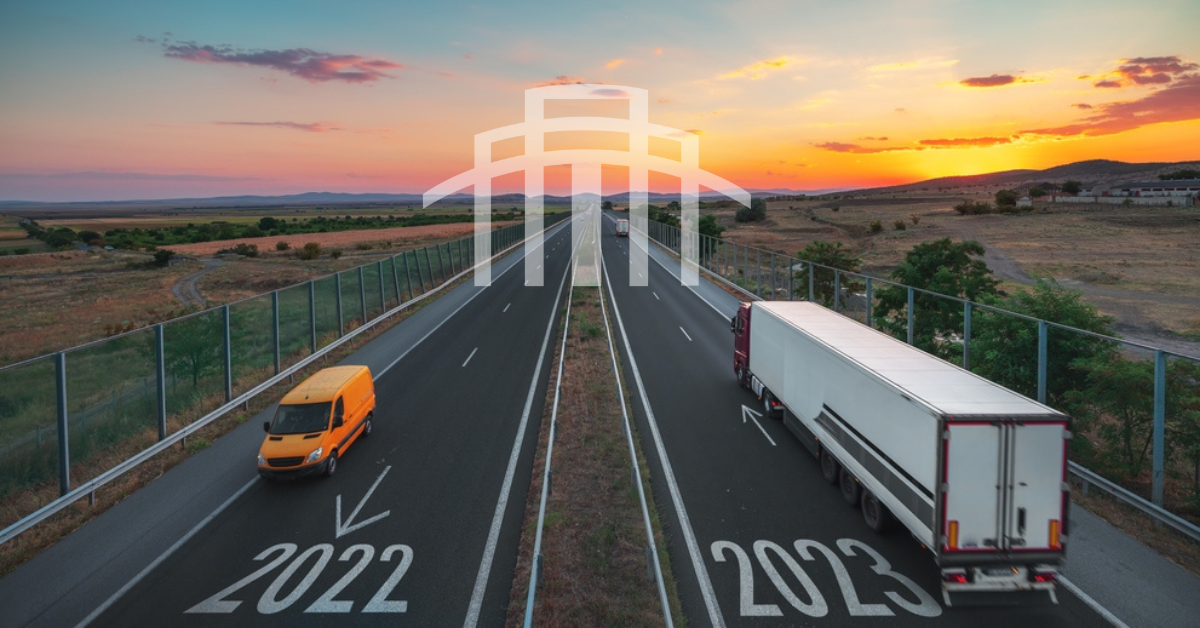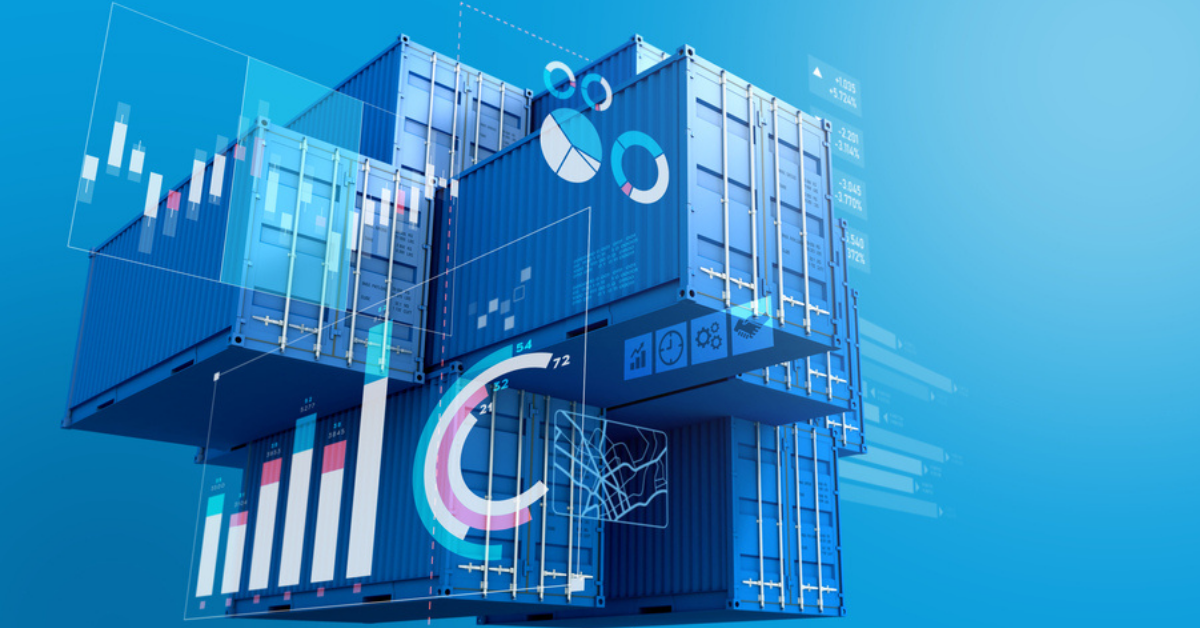Running a 3PL without Less-than-Truckload (LTL) shipping is like trying to solve for profit without the missing variable. You can line up customer experience, operations and vendor management all you want, but without LTL in the equation, the math never works out.
For many 3PLs, LTL has a reputation for being too complex. Too many Carriers, too much variability, too many moving parts. It can feel easier to stick with full Truckload or Parcel and avoid the headache altogether. But here’s the truth: LTL is not a risk. It is an investment. It is the x-factor that balances the equation and turns a good 3PL into a complete one.
When you solve for LTL, you unlock opportunities in the four areas that matter most: customer experience, operations, profitability and vendor management.









